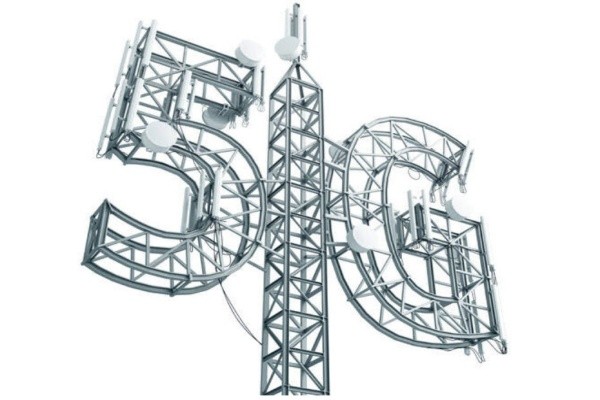It has now become possible to use wireless access for the backhaul portion of 5G and thus reduce investments costs for related companies. Also, automotive manufacturers will be able to apply smooth communication between autonomous vehicles based on an international communication standard.
Release 16, so-called “5G phase 2” that talks about application of 5G in various fields such as autonomous vehicle and smart factory in addition to enhancement in 5G performance has been completed.
The 3rd Generation Partnership Project (3GPP) is going to hold a general meeting online from the 14th until the 19th and give final approvals on the integrated access and backhaul (IAB) standard and C-V2X (Cellular-vehicle-to-everything) standard.
These two standards are already developed through remote meetings and are only waiting on final approvals. Standards that were pushed back due to a need for additional discussions back in July will also receive final approvals and thus completing Release 16.
IAB is a technology that replaces sections of 5G data access and backhaul that are made up of optical cables with wireless connection. Currently, optical cables are used in order to have antennas of 5G base stations receive data from smartphones and send back data to core networks of mobile telecom operators. On the other hand, wireless access and backhaul technology is able to drastically increase coverage of wireless base stations that need to be built close to each other just like 28 GHz-band 5G base stations and it is also expected to reduce investments costs of mobile telecom operators.

C-V2X technology is ready to be commercialized with the competition of the standard. This technology raises level of safety of passengers as vehicles will be able to communicate with each other and other surrounding infrastructures without any setback based on ultralow latency of 1ms. Multinational mobile telecom operators and automotive manufacturers will be able to develop necessary technologies based on a unified standard and expand the global connected car industry. The C-V2X technology was seen less standardized compared to wireless access in vehicular environments (WAVE). However, it is expected now that there will be a momentum in commercialization of services related to the C-V2X technology based on the stable technical specification.
Specification for “enhanced ultra reliable low latency communication (eURLLC)” was approved back in July.
eURLLC helps mobile devices and base stations to find frequency channels with the best communication quality and minimizes delay time by communicating with many base stations at the same time and materializes ultralow latency of 1ms. It is expected to improve stability of 5G utilized in areas such as robot and autonomous vehicle.
The approval of 5G release 16 provides programming languages for advanced functions and it indicates that the “blueprint” for mobile telecom operators and mobile device manufacturers and telecommunications equipment manufacturers has been established completely.
Commercializing various technologies proposed by Release 16 is expected to help 5G users to truly feel 5G performance and accelerate application of 5G to industries such as smart factory. While Release 15, which is the “5G phase 1”, focused on basic concepts of 5G, the completion of Release 16 will officially begin commercialization of various convergence technologies.
“Release 16 indicates an innovative evolution of 5G.” said a spokesperson for the Telecommunications Technology Association. “It will now lead to commercialization of various services.”
Staff Reporter Park, Jisung | jisung@etnews.com